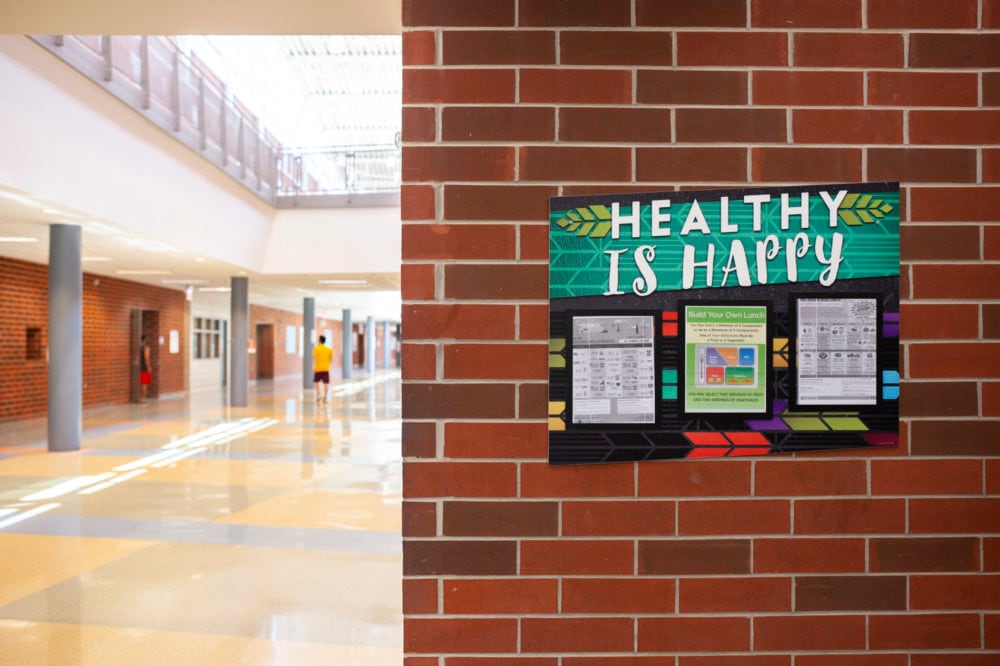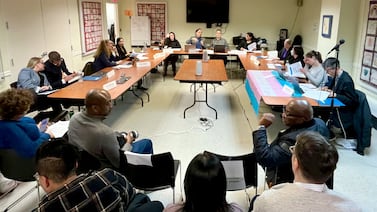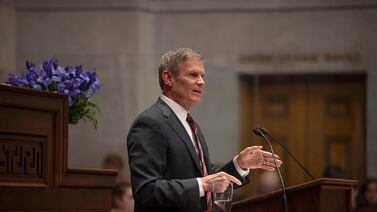As parents and students grapple with mounting anxiety about what learning will look like this fall, urban school districts such as New York City have started releasing tentative plans for reopening school buildings.
In Chicago, leaders have said they will release a draft plan for school in the fall in the coming weeks and give the public a chance to weigh in before making those guidelines official. They said they were waiting to review reopening guidance from the state of Illinois, which came out late last month. That document encouraged districts to provide as much in-person instruction as possible, especially for younger students, those with special needs, and English language learners. But the state gave districts a lot of leeway to craft their own approaches.
Chicago could choose to continue all-virtual learning, opt to reopen school buildings full time or settle on a hybrid approach.
In New York, a plan to host in-person instruction from one to three days a week drew mixed reviews and raised questions about its details when it was released Wednesday. There, school will be able to choose among staggered schedules that will mean dramatically fewer children and staff in buildings on any given school day. Meanwhile, Jeffco Schools in Colorado announced this week all students are slated to return to school buildings five days a week, though high school students might have to take some of their classes online.
In both districts, families will have the option to stick with full-time remote learning.
Here are some key questions that could inform the direction Chicago takes:
1. Where do the district’s top leaders stand on the best approach to kicking off the school year?
Both schools chief Janice Jackson and Mayor Lori Lightfoot have signaled they want in-person learning, if at all possible.
In June, Jackson laid out preliminary guidelines in a note to parents: Students and teachers will be required to wear masks, and schools must conduct temperature checks daily if Chicago students return to campuses in the fall. She said the district was working out multiple scenarios for returning to in-person schooling.
2. How much union buy-in for its plan will the district get?
The Chicago Teachers Union released a survey Thursday that showed 85% of members who took part believe educators should not return to school buildings without extensive safety precautions, such as daily temperature checks, school safety teams and more; roughly 40% said they do not believe in-person instruction should resume until after a coronavirus vaccine becomes widely available.
Union leaders have voiced concerns about any bid to reopen school buildings without safety planning and precautions.
“While we very much want to get back to classes, the safety of our students, their families, and the educators who serve them is our top priority,” Chicago Teachers Union president Jesse Sharkey said in a recent statement.
He went on to note that reopening buildings safely would require a wholesale rethinking of how schools are set up. He said that the traditional model of students huddled around classroom desks working on assignments and discussing lessons would be too risky given what we know about how the coronavirus is spread.
The union has called for smaller, more spread-out classes, and a nurse in each school. It has urged the district to scrap a $33 million contract to station police officers in schools and use the money to increase staffing.
Union officials say the district must fully engage families and educators in rallying around a reopening plan. Jen Johnson, the union’s chief of staff, told Chalkbeat this week that the district is resisting a discussion of social distancing in schools and has balked at offering guarantees about other safety measures in writing.
3. Will the district continue to invest in digital access?
Chicago recently announced a new initiative to provide high-speed broadband internet to as many as 100,000 district students. The effort to sign up eligible families for the $50 million, four-year “Chicago Connected” initiative will unfold over the coming weeks and into the fall, suggesting that city and district leaders anticipate virtual access will continue to play a key part in learning.
The district also invested in tens of thousands of computers for students this past spring, with almost $25 million in technology buys. In total, the district has spent about $55 million on its response to the pandemic. It is slated to receive an estimated $205 million in federal emergency coronavirus response dollars, though it will have to share some of that money with charter and private schools. It’s not clear if the district might use some of the remaining federal dollars at its disposal to further beef up its tech arsenal.
4. How will summer school go?
An all-virtual summer school gives Chicago a second bite at the remote learning apple — a chance to reach and engage students who did not fully participate in online instruction this past spring. District leaders have said they are taking a more centralized, streamlined approach, with all students using the same digital learning platforms and sticking to the same schedules.
Officials and parents will be watching closely whether these changes will have a major impact. The district won’t say yet how many students have enrolled and are participating in summer programs so far. Asked how they will ensure students who did not tune into remote learning last spring will take part in summer school, officials pointed to the “Chicago Connected” initiative. That effort was announced on the eve of the summer school kickoff, and officials said they would prioritize reaching out to the families of summer school students.
5. What will parents and community organizations have to say?
The district is surveying parents on their thoughts about reopening schools, and it will collect public comments on its draft plan. Early education centers are reporting that their families are coming back this summer, with the child care needs of working parents as the city reopens often trumping anxieties about the spread of disease.
6. What will neighboring districts decide to do?
Districts across the state are also surveying parents to gauge their comfort level with sending their children back to school buildings in the fall. Some have started announcing their plans, with wealthier districts apparently on the forefront of signaling their intentions and low-income ones treading more cautiously. Barrington is offering families a choice between returning to in-person instruction and opting out to continue with remote learning. Glenview has tentatively suggested it will continue with virtual learning.








